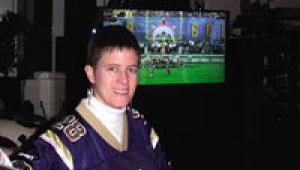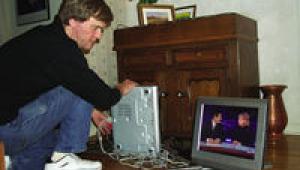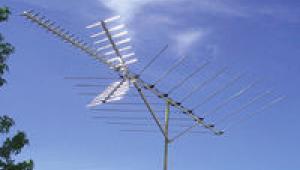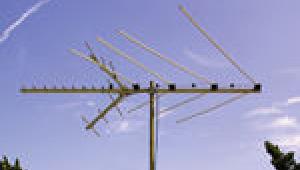Home Theater Boot Camp: Switching Hits
Switching component video sources is a double-edged sword. For a number of reasons, there's plenty of need for it; however, until recently, it was fairly expensive to do it well (read: without adversely affecting the video signal). Still, there are a number of scenarios in which video switching, transcoding, or distributing high-resolution video (particularly HDTV signals) is important.
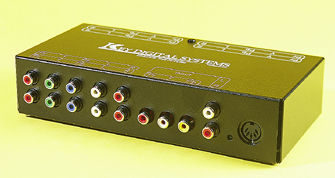
Do you have two component video sources and an HDTV with only one component video input? Do you own an HD-capable front projector that only takes RGBHV in but you need to connect a component video source to it? Maybe you have a really tricked-out rig with a megabucks front projector on the ceiling; however, for casual off-air HDTV viewing, you have a less-expensive direct-view HD set that you want to route your HD sources to. Each of these scenarios poses potential problems. Fortunately, all of them have simple, relatively affordable solutions.
One very real example of this kind of need is first- and even some second-generation rear-projection HDTVs that have only one broadband component video input. The advent of progressive-scan DVD has created a problem for these sets. How do you get both the 480p signal from the progressive-scan DVD player and the component video HD signal from your set-top box into your TV at the same time? A component video switcher is the answer. Early on, though, these switchers were extremely scarce. Often, they were only available from professionally oriented companies like Extron, and they were very pricey.
Fortunately, there are now more component video switchers to choose from. Key Digital's KD-SW2x1 is just such a product. At $449, it isn't cheap, but it does deliver the video goods. Thanks to its 120-megahertz video bandwidth, it should be able to cleanly pass every format from 480p up to 1080i without truncating the video signal. The KD-SW2x1 offers two Y/Pb/Pr component video inputs, one Y/Pb/Pr component video output, two stereo analog audio inputs with one output, and two PCM audio inputs with one output. Its auto-switching feature makes things very convenient. Simply shut off the power from the video source you're not using, and the switcher does the rest.
The introduction of the extremely popular and affordable RCA DTC100 HDTV tuner created another problem: the need to change the DTC100's 15-pin VGA output to the much-more-common RCA-type Y/Pb/Pr component video input found on most consumer HDTVs. Shortly after RCA introduced the DTC100 to the consumer market, Audio Authority came out with the 9A60, a very affordable ($129) solution: a 15-pin-VGA-to-Y/Pb/Pr transcoder that changes the incoming RGB signal from the VGA connection to a component video signal suitable for the majority of consumer HDTVs. RCA followed suit with a similar transcoder for $149. Key Digital now offers a trans-coder, the KD-VTCA1, which has a 120-MHz video bandwidth and a list price of $179.
There are a good number of sophisticated high-end front projectors that can really do justice to high-def images but only accept an RGBHV signal. For example, my reference projector, the Runco DTV-991, will only accept RGBHV for high-resolution video. So, if I want the advantages of component video, I need to transcode those signals to RGBHV. I can do this with the Extron CVC 200 component-video-to-RGBHV transcoder, which has a bandwidth of 55 MHz, +/-3 decibels. At $895, this unit is a bit pricey for most consumer applications, but it's a valuable asset for those with expensive RGBHV-only front-projection systems. Another option is the Current Designs CVT-200, which should be available by the time you read this. This transcoder costs more ($1,495), but it provides a second input for either Y/Pb/Pr or RGBHV signals and auto-senses the signal's scan rate.
- Log in or register to post comments

